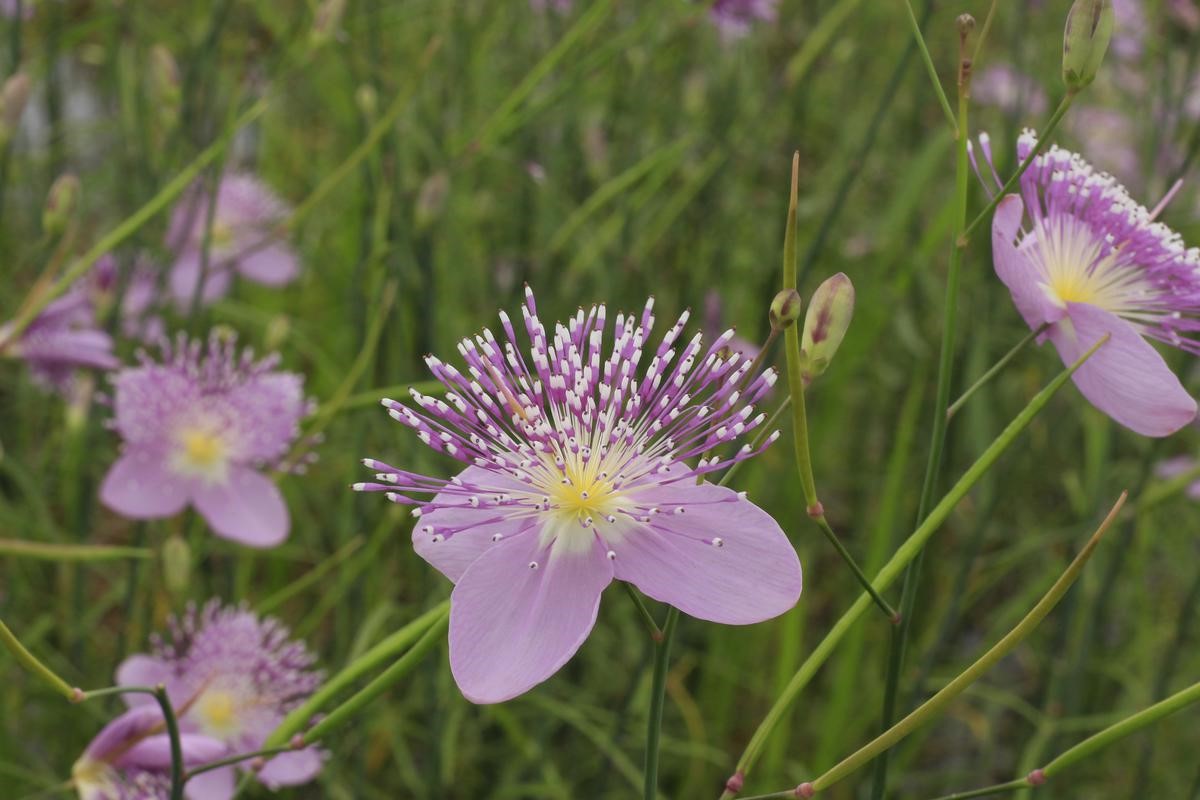Description

Disclaimer: Copyright infringement not intended.
In News
- Blooming is often associated with the spring season. Yet, certain plant species wait throughout the year to bloom only during the monsoon because they love rain. Such plants are termed ephemerals.
Ephemeral Plant
- An ephemeral plant is one marked by short life cycles.
- They are of two types — annual and perennial.
Annual ephemerals
- Annual ephemerals form new individuals every year and are seen for a very short period.
- They form seeds at the end of their life cycle, remaining dormant till the next year.
Perennials
- Perennials have a source like a tuber or a bulb in the soil, so it is the same individual, but the other parts (stem, flowers) are newly formed.

Types of Ephemerals based on Growth Strategies
Spring Ephemeral
- Spring ephemeral, refers to perennial plants that emerge quickly in the spring and die back to their underground parts after a short growth and reproduction phase.
Desert ephemerals
- Desert ephemerals are plants which are adapted to take advantage of the short-wet periods in arid climates.
Mud-flat ephemerals
- Mud-flat ephemerals take advantage of short periods of low water.
Weedy Ephemerals
- In areas subjected to recurring human disturbance, such as plowing, weedy ephemerals are very short-lived plants whose entire life cycle takes less than a growing season.
- In each case, the species has a life cycle timed to exploit a short period when resources are freely available.

Primary Job: Preserving ecosystem
- The primary job of these flowers is to act as an important source of nectar and pollen for native pollinators.
- Their presence in all microhabitats on a plateau ensures the appropriate presence of soil and, most importantly, water.
- Quite a few of them are threatened due to land use change, and expansion of roadways and infrastructure.
|
PRACTICE QUESTION
Q. Consider the following statements:
1. An ephemeral plant is one marked by short life cycles.
2. Mud-flat ephemerals take advantage of short periods of high water.
3. Spring ephemeral refers to perennial plants that emerge quickly in the spring and die back to their underground parts after a short growth and reproduction phase.
How many of the above statements are incorrect?
A) Only 1
B) Only 2
C) All 3
D) None
Answer: A) Only 1
|












